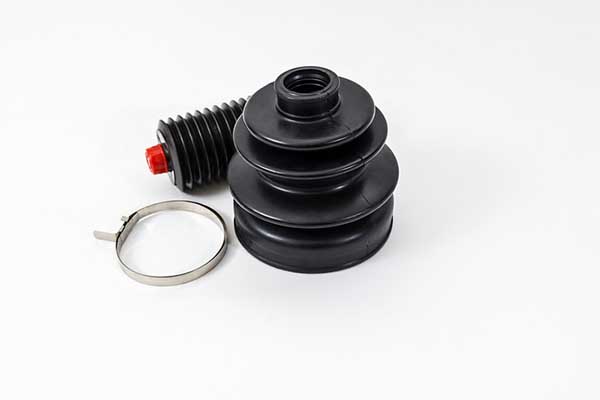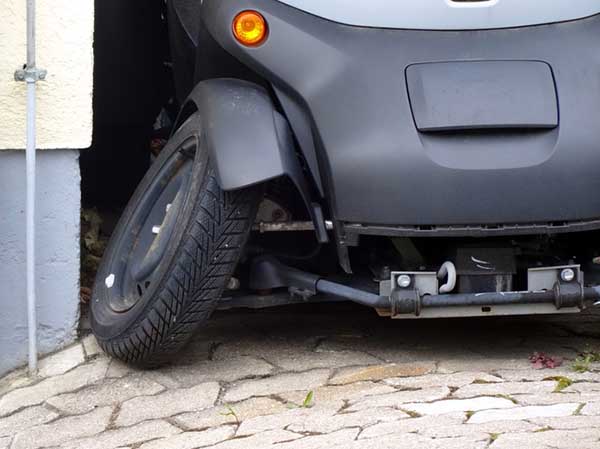
When it comes to common elements that many modern vehicles share, drive axle boots are near the top of the list. These ubiquitous protective covers fulfil an essential role in protecting vulnerable joint points on vehicle axles, and their failure can lead to serious structural issues.
Being able to perform the prompt and comprehensive replacement of a drive axle boot is a great skill for auto repair professionals to have. Read on to find out why it’s so important.
Drive Axle Boots Can Be Labelled Differently, But Carry Out the Same Role
The role that drive axle boots play is essentially protective. As indicated by their alternative name, CV boots, they are designed to encase the constant velocity (or CV) joints that provide the connection between the drive axle of most front-wheel drive cars and the vehicle’s wheels. The boots commonly consist of ribbed rubber or plastic sheaths, which completely enclose the joint, keeping the ball bearings, grooves and lubricant (commonly molybdenum disulfide grease) free of contaminants like dirt and grit.
The smooth operation of CV joints, with two being in place on each axle, is essential to problem-free driving, allowing for more articulation, vertical motion and smooth turning. Given that the joint is located at a point on the vehicle where dirt and muddy water is often actively sprayed up towards the joint, an intact boot forms a very vital line of defense.
How to Know a Boot Needs Replacing When You Become a Mechanic

In addition, most CV joints contain six ball bearings. Dirt on these bearings will cause friction, heat and abrasion of both the balls and the interior housing of the joint. Commonly, this will manifest itself to drivers as an increasingly loud ‘clicking’ sound emanating from the joint, as it struggles to adjust and operate smoothly in a non-lubricated, dirty environment.
The professional with an auto repair career will point to damaged drive axle boots as being one of the biggest contributing factors to a catastrophic CV joint failure – a breakage that prevents the vehicle from being driven whatsoever. However, by catching a damaged boot in time, structural damage can be almost entirely avoided.
Boot Replacement Can be a Time Consuming or Costly Process, but It’s Necessary

However, the process becomes more complex and expensive when damage has been done to the joint itself, with many service providers recommending a joint replacement if it’s been exposed for some time. Indeed, a boot replacement can often turn into a more comprehensive joint replacement. This has lead to the prevalence of full axle refit kits – which consist of a swapping in a new axle, complete with new, pre-lubricated boots and a new CV joint.
This option makes for a speedy, comprehensive replacement, but without the low cost of a simple boot replacement. Savings on labour can make this an attractive choice for some owners – but not as beneficial as pre-emptively replacing worn boots. Mechanics should prepare for popping axels, disassembling tight joint components, applying lubricant and keeping track of small parts should they opt for a full, manual CV joint repair.
Do you want to earn a good living while solving all kinds of automotive problems?
If so, contact ATC today to learn how an auto service technician course could suit you.

